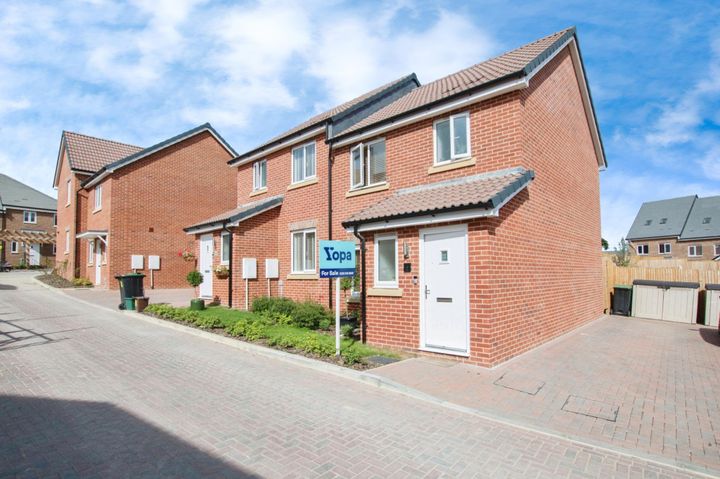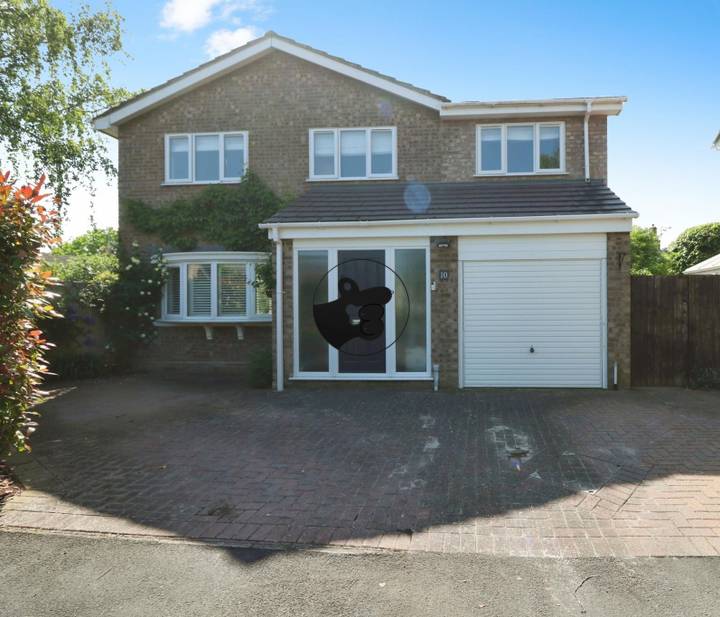Real estate prices in Dorset are influenced by a variety of factors, including location, demand, and local amenities. The proximity to the coastline, particularly in sought-after areas like Bournemouth and Poole, tends to drive up prices due to the appeal of beach access and scenic views. Additionally, the region's commute times to cities like London can impact property values; areas with convenient train links, such as Dorchester, may see higher demand from commuters. Historical significance and charm also play a role; towns like Lyme Regis attract buyers interested in heritage and picturesque settings. Furthermore, local amenities such as schools, shopping, and healthcare facilities can significantly affect desirability—properties near top-rated schools or vibrant town centers often command a premium. Economic factors, including employment rates and interest rates, also subtly influence market dynamics, as potential buyers weigh their financial readiness against current market conditions.
Dorset
Location
Price Range
Any price
Price Range
Minimum
No min
Maximum
No max
Property type
Show all
Property type
Show all
House
Apartment
Building
Other
Bedrooms
Any beds
Bedrooms
Minimum
No min
Maximum
No max
Surface Range
Any surface
Surface Range
Minimum
No min
Maximum
No max
Sale type
For sale
Sale type
Show all
To rent
For sale
Location
Apartments and houses for sale in Dorset
5 results
Recent
Dorset insights
| Aspect | Summary |
|---|---|
| Population | Approx. 400,000 |
| Average Property Price | £300,000 |
| Rental Yield | 4.5% |
| Average Rent | £1,200/month |
| Occupancy Rate | 93% |
| Capital Growth Rate | 3% per annum |
| Property Tax | 1% of property value |
| Transaction Costs | 4-6% of property price |
| Expected ROI | 6-8% annually |
| Economic Growth Impact | Moderate, driven by tourism and services |
Dorset FAQ
What factors influence real estate prices in Dorset?
How do real estate prices in Dorset compare to nearby areas?
Real estate prices in Dorset tend to be higher than those in neighboring counties like Wiltshire and Somerset, primarily due to its appealing coastal location and scenic countryside. For example, in 2023, the average property price in Bournemouth, part of Dorset, reached around £310,000, whereas in Swindon, Wiltshire, the average price was approximately £260,000. Lyme Regis, a picturesque seaside town within Dorset, often commands premium prices, with some homes exceeding £1 million, reflecting its desirability among second-home buyers and retirees. In contrast, towns like Bridport and Dorchester show more varied prices, with average homes typically under £300,000. The difference in property values is influenced by factors such as proximity to the coast, local amenities, and transport links, which bolster demand in Dorset compared to its inland counterparts.
What are the average home prices in Dorset?
As of 2023, the average home prices in Dorset can vary significantly based on location and property type. In popular areas like Bournemouth, the average price for residential properties hovers around £300,000, driven by its coastal appeal and vibrant community. Moving inland to areas like Dorchester, the average home price is slightly lower, averaging about £250,000, but can vary more for larger family homes. In contrast, more affluent areas such as Sandbanks, known for its stunning beaches and luxury properties, can command average prices around £1 million or higher, with some waterfront houses exceeding several million. Ultimately, the range reflects Dorset's diverse property market, catering to different buyer preferences from urban settings to picturesque countryside.
How have real estate prices in Dorset changed over the last year?
Over the last year, real estate prices in Dorset have experienced notable fluctuations, driven by a combination of demand and market conditions. In areas like Bournemouth, the average property price surged to around £320,000, reflecting a year-on-year increase of approximately 7%. Meanwhile, the coastal town of Weymouth saw an uptick in demand for holiday homes, pushing prices upwards by about 5% with average listings now hovering around £290,000. Conversely, some rural areas in Dorset, such as Sherborne and Dorchester, experienced more modest growth, with prices increasing by 3% to 4%, highlighting a trend where buyers are now more inclined towards suburban and rural properties post-pandemic. The scarcity of available homes on the market has contributed to these price shifts, as buyers compete for limited listings, further accentuating regional disparities in property valuations across Dorset.
What is the forecast for real estate prices in Dorset?
The forecast for real estate prices in Dorset indicates a steady increase, driven by ongoing demand for housing in both urban centers and picturesque coastal areas. As of late 2023, the average house price in Dorset has shown resilience, with properties in popular towns like Bournemouth and Poole reaching approximately £300,000 to £400,000. The appeal of these locations, enhanced by their proximity to the coast and attractive amenities, continues to draw buyers, including retirees and families seeking lifestyle changes. Moreover, the recent development of new housing projects in areas like Weymouth and Dorchester is likely to maintain upward pressure on prices. Despite some economic uncertainties, factors such as low mortgage rates and high rental demand are expected to sustain the real estate market in the region. Additionally, the ongoing investment in infrastructure and local services may contribute to a positive outlook for property values in Dorset in the coming years.
Are there specific neighborhoods in Dorset with higher property values?
Dorset has several neighborhoods with higher property values, particularly those along the coastline and in affluent towns. In Bournemouth, areas such as Westbourne and the affluent neighborhoods around Branksome Park are known for their desirable properties, often featuring luxury flats and large family homes with proximity to the beach. In Poole, Sandbanks is famous for its high property values, with stunning waterfront homes and a reputation as one of the most expensive locations in the UK. Further inland, the town of Dorchester offers higher property values in areas like Poundbury, known for its distinctive architecture and community planning, which attract buyers looking for a mix of historical and modern living. Each of these neighborhoods benefits from local amenities, scenic views, and a strong sense of community, contributing to their elevated property prices.
What amenities affect real estate prices in Dorset?
Several amenities significantly impact real estate prices in Dorset. Proximity to the coastline, particularly in areas like Bournemouth and Poole, tends to increase property values due to the appeal of seaside living. Access to quality schools, such as those in Christchurch, can drive up prices as families prioritize educational opportunities for their children. Furthermore, local transport links, including the availability of train services to London from stations like Dorchester and Weymouth, influence market demand, as commuters seek easier travel options. Green spaces and parks, such as those found in the South Downs National Park, also contribute to desirability, often leading to higher property valuations. Lastly, the presence of local amenities—such as shops, restaurants, and health facilities—can make a neighborhood more attractive, thereby impacting real estate prices positively.






